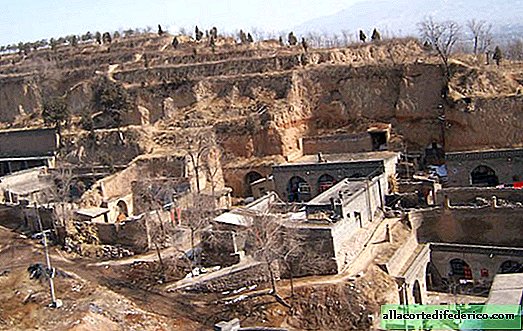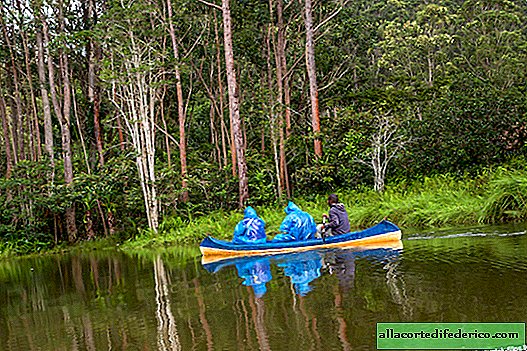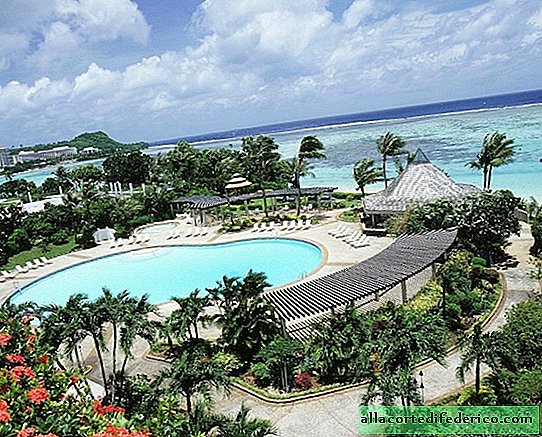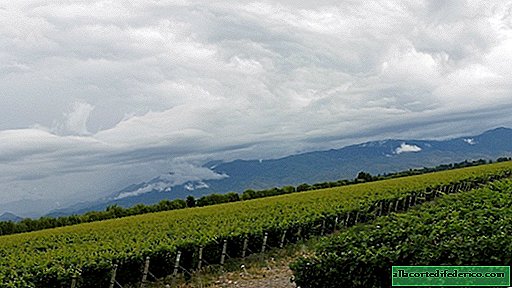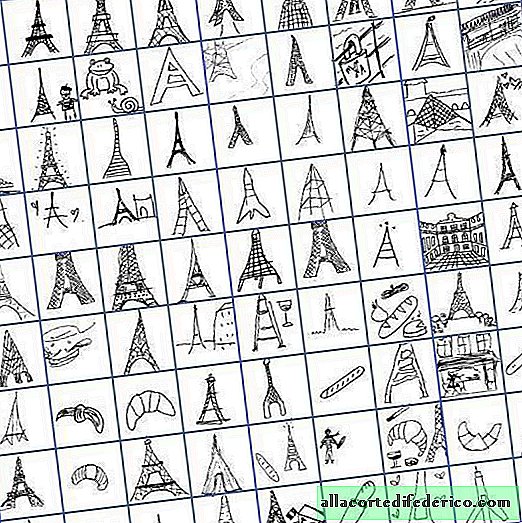Popigai Crater, which contains the largest reserves of the rarest diamonds in the world
The Popigay meteorite crater, located on the border of Yakutia and the Krasnoyarsk Territory, has a diameter of 100 kilometers and is one of the largest on the planet. But this place would have remained just a meteorite crater if it hadn’t discovered a unique diamond deposit that has been kept secret for many years.
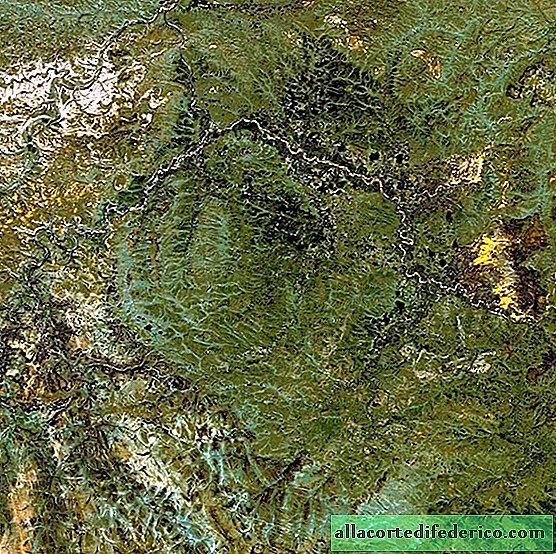
According to scientists, this crater in the north of Siberia was formed about 35 million years ago as a result of an asteroid impact on Earth. The crater is located in the middle of a swampy forest-tundra, in the valley of the Popigai River, the right tributary of the Khatanga. The round depression at the site of the impact is still clearly distinguishable from space, but it was discovered not by studying space images, but during an expedition that visited this region as far back as 1946.

The meteorite origin of this gigantic hollow was proved only in the 1960s, when a geological expedition led by V. Masaitis visited Popigay. The expedition recorded traces of impact rocks, which are formed at very high temperatures (2000-3000ºС) and colossal pressure, therefore their presence indicates the meteorite origin of the crater. During the same expedition, the first diamonds of Parrot were discovered.

But impact diamonds are different from diamonds found in kimberlite pipes. They have much more impurities of silicon, calcium, magnesium and they have a different structure. Impact diamonds are composed of ordered minute single crystals, which, in turn, leads to the fact that such diamonds have incredible strength. This makes them unique and in demand in many industries. But in jewelry they are not used, since they are dull and the process of their cutting is very complicated.

In the 70s, geologists conducted additional exploration and calculated the reserves of impact diamonds, which are concentrated within the Popigai crater. Two large deposits were identified here: Skalnoye (with reserves of 140 billion carats) and Udarnoe (with reserves of 7 billion carats). A geological settlement appeared in Popigai, and an enrichment plant was built in Khatanga specifically for the extraction of impact diamonds. In the city of Mirny they even managed to send several tons of impact diamond-bearing rocks for further enrichment.

But the development of the technology for the production of artificial diamonds having similar properties and applications has interfered with the brilliant diamond future of Parrot. In the 80s in the USSR began to build factories for the production of synthetic diamonds, which were many times cheaper than the development of impact diamonds in the Arctic. As a result, the Popigaya deposits were mothballed, and all data on the diamond wealth of the meteorite crater in northern Siberia fell into the secret information section.

But, strangely enough, not so long ago in Russia they again started talking about Popigaya impact diamonds. Information about them was declassified, and additional studies showed that they have much greater hardness and abrasive properties than previously thought, and surpass synthetic diamonds in these indicators. In connection with new research, experts predict diamonds Popigy big future. There are only a few deposits of impact diamonds on our planet, but all of their reserves seem to be a drop in the ocean compared to the explored volumes of Popigaya. And given that this is the largest deposit of such diamonds in the world, its development can lead to a revolution in the use of industrial diamonds.


